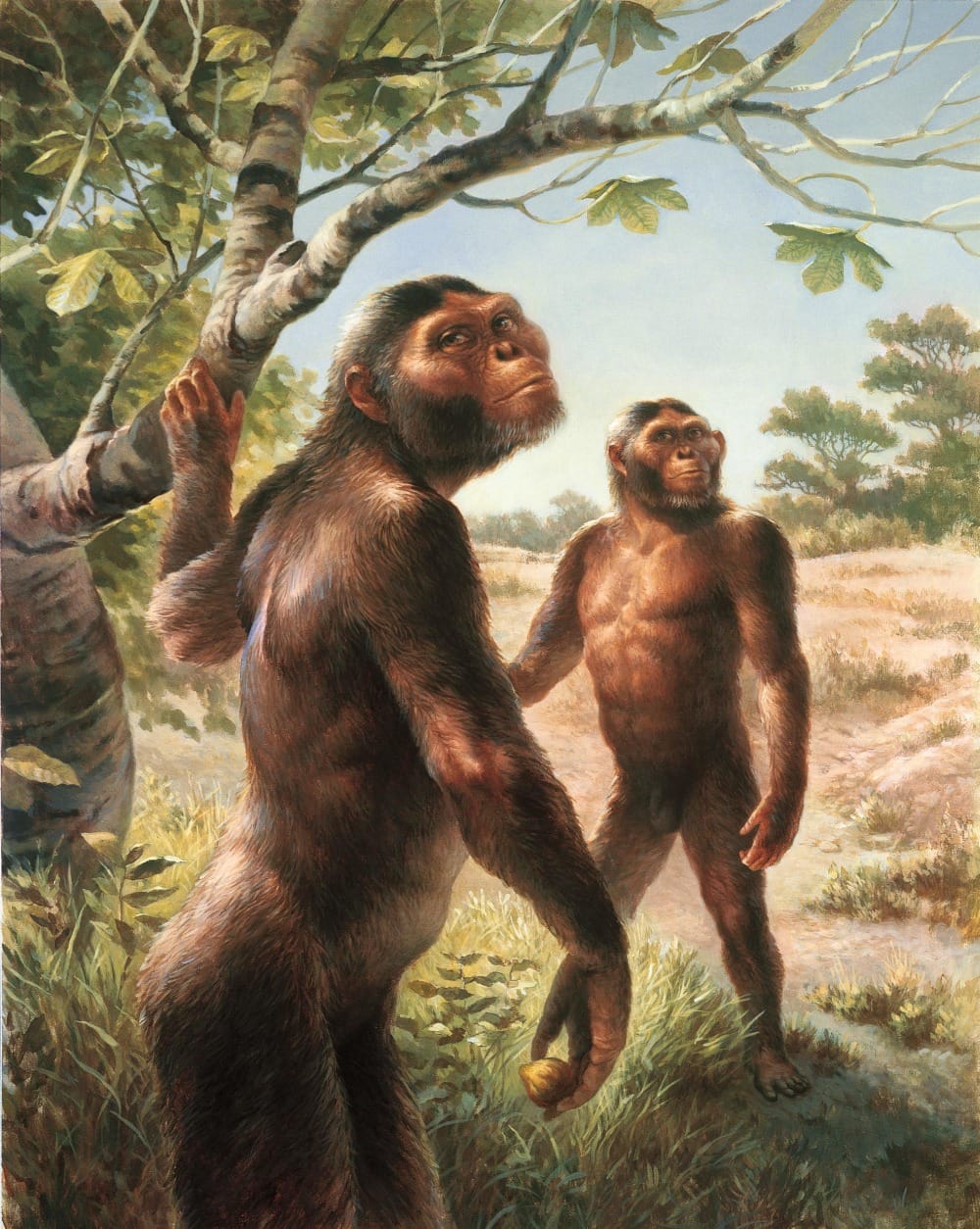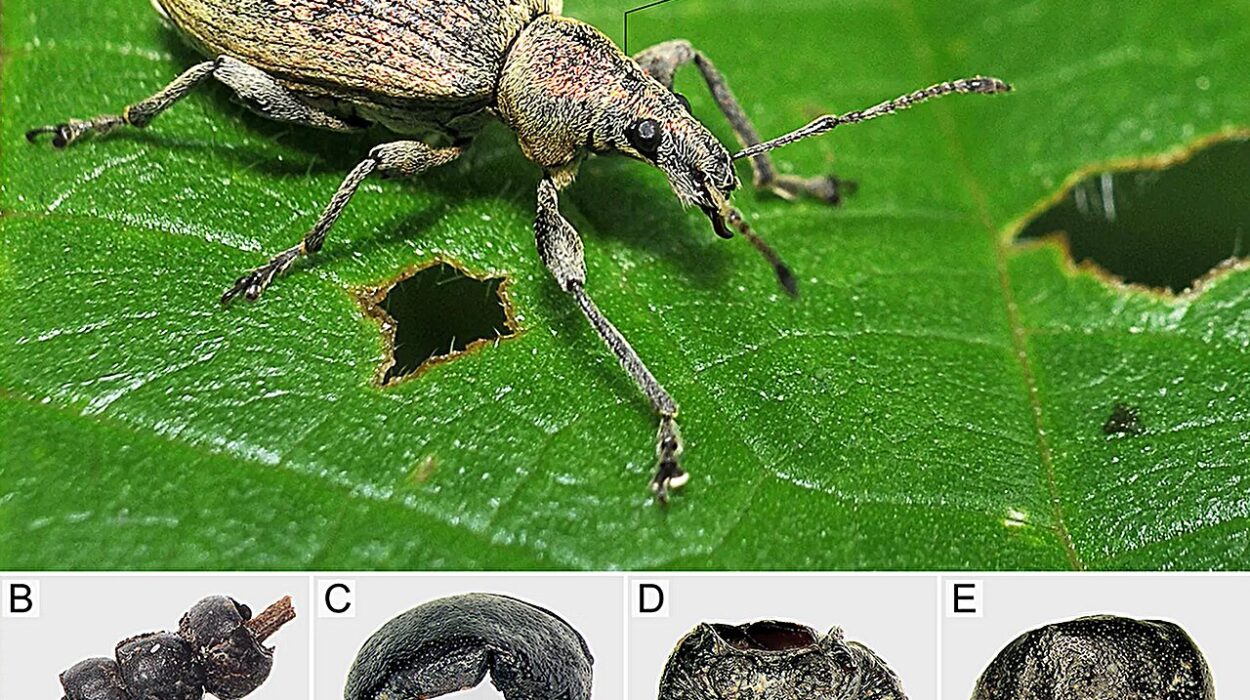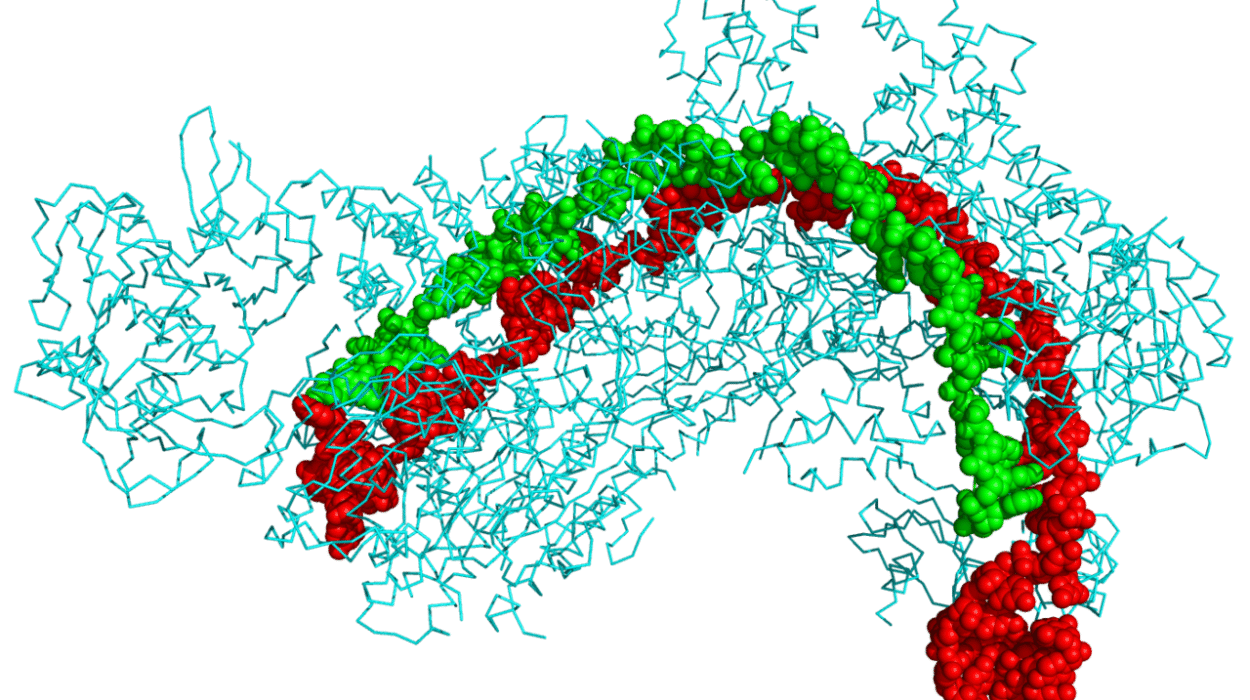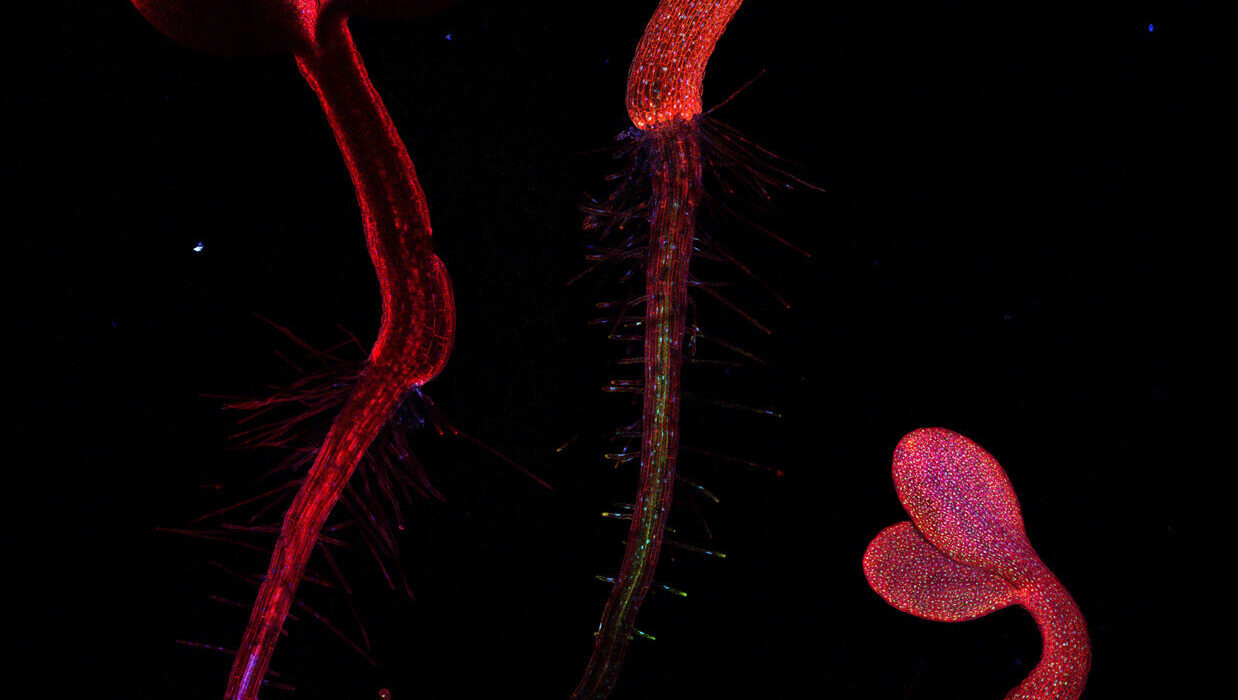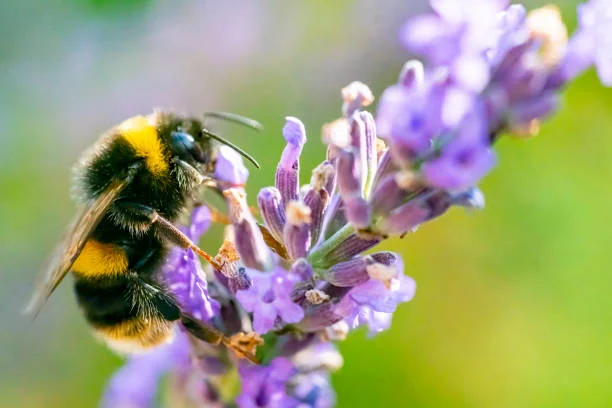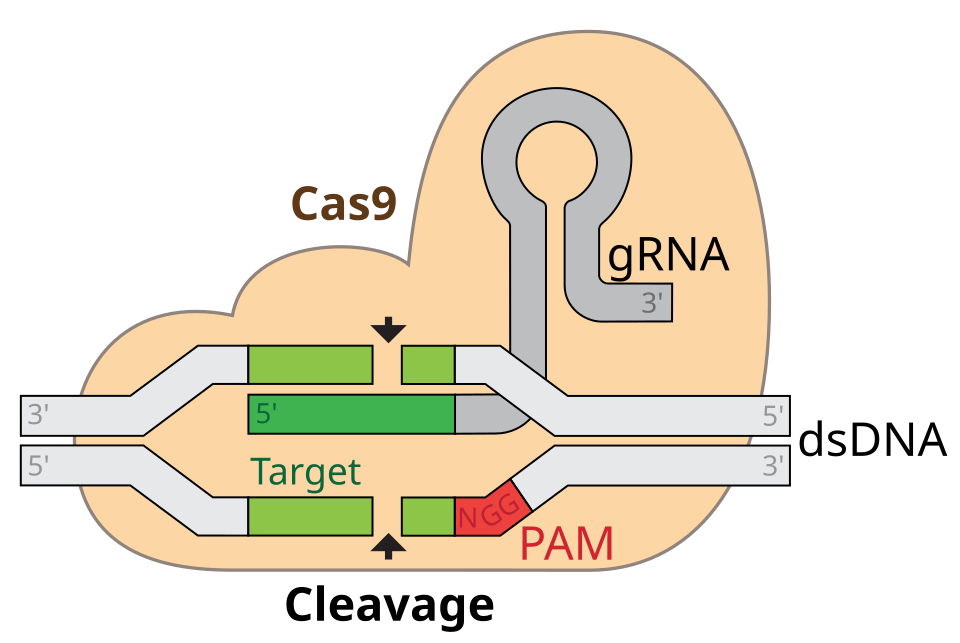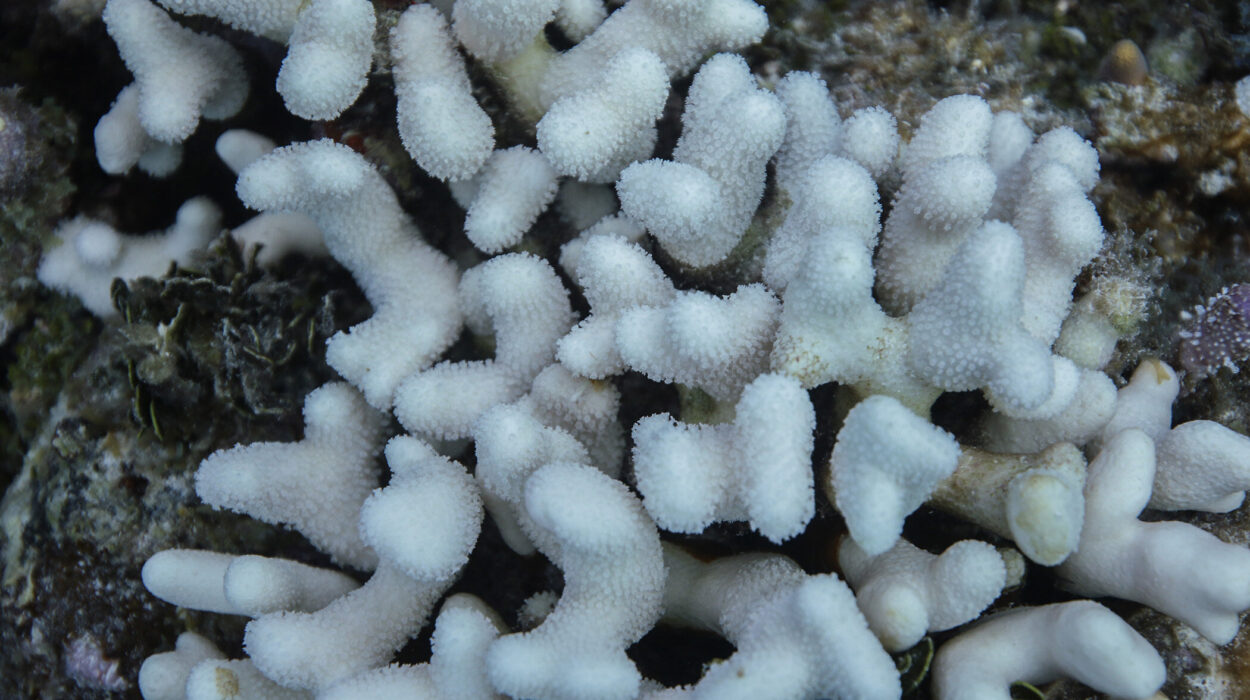Words matter. And in science, perhaps no word has been more misunderstood, twisted, or misrepresented than “theory.” When people say “evolution is just a theory,” they usually don’t mean to delve into scientific terminology—they’re appealing to the everyday sense of the word “theory” as a guess, a hunch, a speculative idea that hasn’t yet been proven. But in science, a theory is something far more powerful.
A scientific theory is not a half-formed thought; it’s not a shot in the dark. It’s a comprehensive framework, built on lines of independent, converging evidence, rigorously tested, refined, and used to explain natural phenomena. Just as the theory of gravity explains why apples fall and planets orbit, the theory of evolution explains the diversity of life on Earth with elegance and astonishing accuracy. And while scientific theories are always open to refinement, they are not guesses. Evolution, in this sense, is a theory like atomic theory or germ theory. You wouldn’t say atoms or germs are “just theories.” They are facts supported by theories—deep, powerful scientific explanations.
Understanding why evolution is not “just” a theory requires us to journey through biology, paleontology, genetics, geology, and even philosophy. But perhaps more importantly, it requires us to awaken our sense of wonder. For evolution is not merely a dry academic concept. It is the breathtaking story of life itself.
A Universe Teeming with Change
Change is the one constant of life. Stars are born, shine, and explode. Continents drift. Rivers carve valleys. Mountains rise and fall. And amidst all this, life has danced through the ages in forms as tiny as bacteria and as grand as blue whales.
The essence of evolution is change over time—specifically, change in the genetic makeup of populations from one generation to the next. These changes accumulate, and given enough time, they produce the dazzling tapestry of life we see around us: wings and fins, feathers and scales, eyes that can see ultraviolet, bacteria that glow, flowers that smell like rotting meat to attract flies. All of this emerged not by sudden miracles, but through a slow and relentless process driven by natural forces.
At its heart, evolution is not about progress or perfection. It’s about adaptation. Organisms do not evolve toward some ideal form; they evolve in response to their environment. Evolution is not guided by foresight. It has no blueprint. It works through countless small changes—mutations, recombinations, duplications—shaped by natural selection, genetic drift, and other mechanisms.
If we could rewind Earth’s history and let life run its course again, the outcome would almost certainly be different. The species we know today are not inevitable—they are survivors in a world of trial and error, where what works, endures, and what doesn’t, fades into extinction.
Darwin’s Dangerous Idea
When Charles Darwin published On the Origin of Species in 1859, he did more than propose a new idea about biology. He introduced a concept so radical and unsettling that it shook the foundations of science, philosophy, and religion. He suggested that all life on Earth shares common ancestry—and that natural selection, acting over vast spans of time, could account for the diversity and complexity of life.
Darwin did not invent the idea that species change. Others before him—Jean-Baptiste Lamarck, for example—had suggested that life might evolve. But Darwin gave evolution a mechanism: natural selection. In essence, those individuals with traits better suited to their environment tend to survive longer and produce more offspring, passing on those advantageous traits. Over time, populations shift, and entirely new species may arise.
What made Darwin’s idea so “dangerous” was its implication that humans, too, were part of this grand unfolding. We were not separate from nature, but intimately connected to every leaf, fin, and feather. The evolutionary tree includes us—apes who learned to think, to build, to wonder.
Darwin’s work was revolutionary, but it was incomplete. He lacked the genetic evidence to explain how traits were inherited. It wasn’t until decades later, when Gregor Mendel’s experiments with pea plants were rediscovered, that the genetic basis for heredity was clarified. The synthesis of Darwin’s theory with modern genetics in the 20th century gave rise to what’s now called the Modern Evolutionary Synthesis—a powerful, unifying explanation that remains the foundation of biology.
The Fossil Record: Stone Pages of Time
Fossils are the ancient whispers of life etched in stone. They tell us that Earth was once ruled by trilobites, then dinosaurs, then mammals. They reveal creatures that no longer exist—creatures that filled ancient oceans, skies, and forests. But fossils are more than curiosities in a museum; they are critical evidence for evolution.
Fossils show a clear pattern: simpler life forms in older rocks, more complex ones in newer layers. We find fish before amphibians, amphibians before reptiles, reptiles before mammals. This chronological ordering supports the idea of descent with modification. It would make no sense if all organisms were created at once.
Transitional fossils—those that bridge major groups—are particularly powerful. The famous Archaeopteryx, with both feathers and teeth, provides a link between reptiles and birds. Fossil whales with tiny hind legs show a transition from land to sea. And early hominin fossils like Australopithecus afarensis (think “Lucy”) illustrate the gradual emergence of upright walking and larger brains.
The fossil record is incomplete—not because it is flawed, but because fossilization is rare. Yet despite this, it paints a consistent picture, one in which life evolves, diversifies, and sometimes disappears altogether in mass extinctions, only to radiate again into new forms.
DNA: The Language of Evolution
When scientists first cracked the code of DNA, it was as if nature had handed over its secret diary. Inside every living cell is a molecule made of just four chemical letters—A, T, C, and G—arranged in sequences that carry the instructions for building life.
DNA doesn’t lie. It records history at the molecular level. And what it reveals is astonishing: all living things share a common genetic language. The genes that control eye development in fruit flies, for example, are remarkably similar to those in humans. The gene that helps a bacterium resist antibiotics uses the same code as the one that shapes your bones.
Human beings share about 98.8% of their DNA with chimpanzees. We even carry genes inherited from ancient viruses, remnants of infections in our ancestors’ cells. We have broken genes for traits we no longer need—like the one for making vitamin C, which is still active in most mammals but non-functional in humans and other primates.
Evolution leaves fingerprints in our genomes. It explains why whales have genes for legs they no longer use. Why chickens have dormant genes for teeth. Why humans have more in common with fungi than with flowers. Our DNA tells a story—a branching, tangled, beautiful story of descent, mutation, adaptation, and survival.
Seeing Evolution Happen
Some argue that evolution is unprovable because we can’t observe species evolving. But that’s not true. Evolution is not confined to ancient history. It’s happening now, all around us.
Bacteria evolve resistance to antibiotics. Viruses mutate, creating new strains of flu—or, more recently, COVID-19. Insects evolve resistance to pesticides. Domesticated animals and crops evolve under human selection. These are not minor changes—they’re evolution in action, observable in real time.
In laboratories, scientists have documented evolutionary changes in fruit flies, bacteria, and other organisms over generations. The classic long-term E. coli experiment, running since 1988, has shown bacteria evolving new metabolic capabilities, including one strain that developed the ability to consume citrate in oxygen-rich environments—a trait not previously seen.
Evolution also shapes the natural world in response to climate, habitat, and human influence. Urban animals are evolving new behaviors. Plants are changing their flowering times. Nature is not static. It’s dynamic, always adapting.
Evolution and Human Origins
Perhaps the most emotionally charged aspect of evolution is its explanation of human origins. For many, the idea that humans evolved from earlier hominins challenges deeply held beliefs about our place in the universe.
But the evidence is overwhelming. Fossils reveal a branching lineage of hominins, from the small-brained Australopithecus to Homo habilis, Homo erectus, and eventually Homo sapiens. Each step shows changes in brain size, posture, tool use, and culture.
Genetic studies confirm this history. Our DNA shows that humans share a common ancestor with chimpanzees about 6 to 7 million years ago. We also carry genetic traces of Neanderthals and Denisovans, proving that our ancestors interbred with other hominin species.
This does not diminish human uniqueness. On the contrary, it deepens our story. We are not separate from nature—we are its expression. We are apes who learned to reason, to write, to build cathedrals and space probes. Evolution does not erase our dignity. It affirms our resilience, our complexity, our astonishing journey.
Why the Misunderstanding Persists
So why do so many still resist evolution? The reasons are varied—religious beliefs, cultural traditions, political ideologies, and lack of education. Evolution can feel impersonal, cold, even threatening. It tells us we are not the center of the universe, but one branch on a vast tree of life.
Yet this view misses the wonder of evolution. To understand evolution is to marvel at the unity and diversity of life. It is to see how the human hand mirrors the bat’s wing and the whale’s flipper. It is to see a hummingbird and know that it carries within its cells the traces of ancient reptiles. It is to gaze into a mirror and see not only yourself, but your ancestors—creatures who walked, swam, and crawled through deep time.
Science education often fails to convey this wonder. Evolution is taught as a series of facts, not as the story it truly is—a story of survival, adaptation, and change. We need to teach not only the evidence, but the beauty. Evolution is not a threat to meaning—it is a source of it.
Evolution and Faith: A False Conflict
For many, the resistance to evolution stems from the belief that it contradicts religious faith. But this is not necessarily so. Many religious traditions, including those of Catholicism, Judaism, and many Protestant denominations, accept evolution as compatible with their beliefs.
Evolution explains how life changes—not why life exists. It describes the process, not the purpose. For those who see a divine hand in the universe, evolution can be viewed as the method through which creation unfolds. For others, evolution stands as a magnificent, natural testament to what the universe is capable of.
Conflict arises when literal interpretations of ancient texts are pitted against mountains of scientific evidence. But many theologians have argued for centuries that spiritual truths need not conflict with scientific ones. Galileo faced similar opposition for suggesting that Earth orbits the Sun. Today, few would call heliocentrism a threat to faith.
The real danger lies in insisting that science must conform to dogma, or that faith must bow to data. Both are diminished by such absolutism. In truth, many scientists find deep inspiration in the mysteries of life, and many people of faith embrace the revelations of science.
The Beauty of Evolution
To understand evolution is to see life not as static, but as a grand symphony—shifting, reshaping, adapting. It is to understand that we are part of something ancient and vast. It is to know that our bodies carry the legacy of fish, reptiles, mammals, and apes. That our DNA is written in a language shared by all living things.
This knowledge can be unsettling, but it can also be profoundly comforting. We are not isolated beings—we are connected. We are the universe made conscious, nature reflecting upon itself. Evolution is not a threat to human dignity—it is a reminder of our place in the great unfolding.
To say evolution is “just a theory” is to miss the point entirely. It is a theory, yes—but in the scientific sense: a grand, unifying, testable explanation that has stood for more than 160 years against every attempt to disprove it. It is not speculation. It is one of the most robust and beautiful ideas humanity has ever conceived.
And it is still unfolding.
